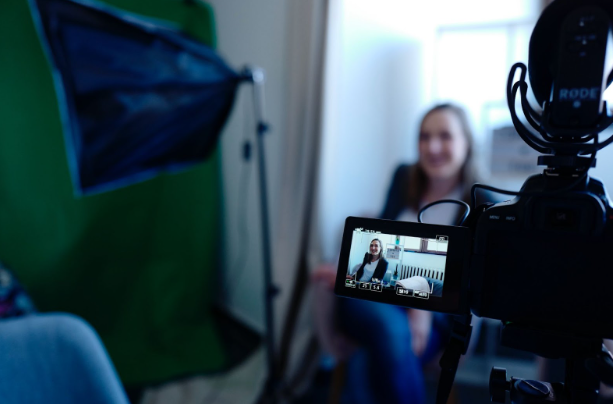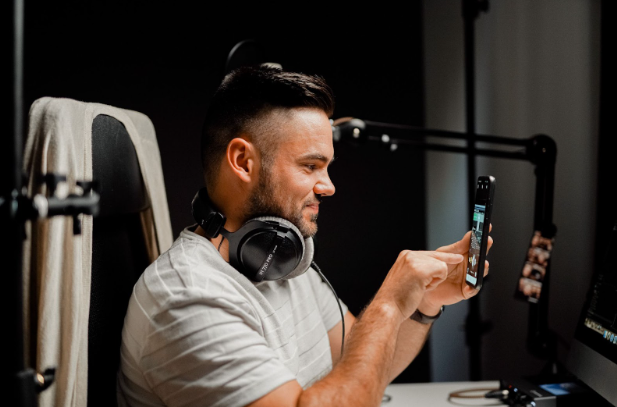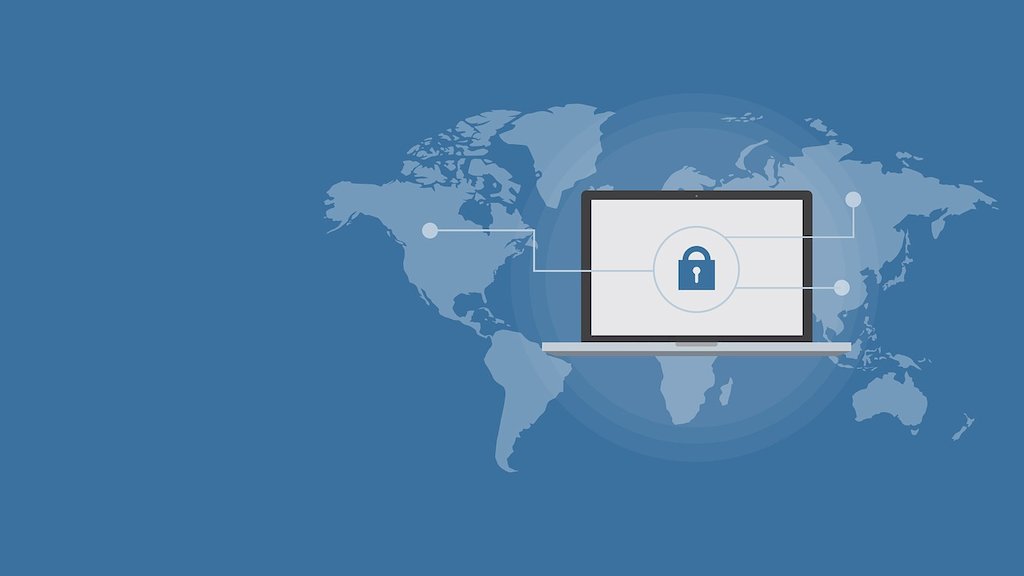Social media algorithms prioritize quality video content, boosted further by positive engagement. This means that videos provide you with the chance to take a deep dive into your brand.
Video live streams, in particular, are an excellent way of reaching out to your audience and engaging a wider array of people with your content. They are also a fantastic strategy for encouraging your audience to start conversations about your product, service, or industry.
However, spontaneity and unplanned video content can carry drawbacks. For this reason, you might prefer to turn pre-recorded videos into a live stream that works for you and your audience.
But how? Our guide right here is packed with tips and tricks on how to do so – let’s jump in.
Why Use Pre-Recorded Videos?
There are a number of advantages to using pre-recorded videos for your branded live stream, to maintain quality and content consistency and preserve the spontaneity of live streaming. Let’s find out some of the main ones.
1. Control Over Content
While spontaneity is great and allows meaningful connections with your brand, it can sometimes result in a less polished, cohesive public image. By live streaming pre-recorded video, you have increased control over your content, with the ability to record multiple takes, edit in post-production, and add effects, captions, and accessibility features.
Some hosting platforms even enable in-platform editing features, like video annotation and subtitling.
Pre-recording videos also provides more time for you to plan your content, research, and rehearse on in-depth topics and address issues like sound and video quality, and interruptions in speech.
2. Quality
Related to the point above, pre-recording your live streaming videos allows you to create high-quality videos that reflect your branding and help to build your customer base. Unbranded, unscripted live streams can create a deeper relationship with your customers, but they can also come across as unprofessional, potentially demonstrating that you’re not committed to growing your brand online.

Free to use image sourced from Unsplash
3. Integration With Strategy
As well as controlling the content on a per-video level, you can also integrate your live streams as a whole into your digital strategy, creating content that drives your messaging forward in line with the rest of your strategy.For example, you can create a strategy to release live streams on a series of related topics, prompting discussion and up-to-the-minute responses from your audience, while maintaining quality.
Live streams with pre-recorded videos can also recycle existing content and allow you to deep-dive into relevant topics that require research and extensive editing.
4. Hosting and Support
Unlike going live directly to social media platforms like YouTube or Instagram, streaming pre-recorded videos is typically done through a hosting platform. Using a live streaming platform provides you with a greater range of remote support options if anything should go wrong.
5. Better Engagement with Your Audience
One of the reasons that audiences enjoy live streams is that this format gives them the opportunity to engage directly with your brand and have their burning questions answered. So, it’s not great if you start missing comments and questions during a busy stream. Using pre-recorded videos means that you can concentrate on answering questions, engaging with your audience and growing your brand.
6. Flexibility
As well as the varying levels of support, using a hosting platform for your video live streams delivers an enhanced level of flexibility. For example, if you happen to be in a meeting or busy with a personal commitment, you can schedule your live stream at a time that works for you. Many streaming platforms come with remote access solutions, allowing you to start your live stream and upload videos from anywhere, anytime.
This results in a lower cancellation rate of your live streams and ensures that your brand is seen as reliable and consistent in the online space.
 Free to use image sourced from Unsplash
Free to use image sourced from Unsplash
How to Use Pre-Recorded Videos for Your Live Stream
After you’ve recorded your video content and edited any errors, added additional features, and completed a final content check, it’s time to upload your video and begin your live stream.
1. Log into Your Hosting Platform
Using a video hosting platform has a number of benefits when it comes to using recorded video for your live stream. Not only can you keep all of your content in one place, edit, and publicize it with built-in tools, but you’ll have a range of analytics to choose from to help you improve future campaigns. The Cincopa video hosting software, for example, is easy to use and beginner-friendly, with a range of advanced editing and monitoring features if needed.
To begin, log into your chosen platform and head over to the ‘upload’ button.
2. Upload Your Video
It’s time to upload your content. Make sure that the file size and format are supported by your platform – and that you’re definitely uploading the correct version!If you don’t have pre-recorded videos yet and need to create them, you can use various software tools to record your content. One option is to download a screen recorder, which allows you to capture your screen along with audio narration, creating engaging educational content.
You may even have the option to insert pre-recorded videos into existing templates. While you may not choose to use this, templates can be a great option for consistent branding and brand recognition in teams with a small design capacity.
Once your video is uploaded and ready to go, it’s worth using the in-platform editing tools to give it a final look-over and ensure that your video is as engaging and informative as it can be.
3. Editing

Free to use image from Unsplash
Even pre-recorded videos can sometimes benefit from a last-minute run-through editorial. Video hosting platforms offer a range of editing services, including:
- Audio enhancement and sound editing
- Video definition
- Special effects
- Subtitles
- Video SEO
- Ads and monetization
- Multimedia response
However you choose to edit your pre-recorded video, always keep in mind that it’s for a live stream, so it should feel spontaneous, personal and directed towards your target audience.
4. Make an Announcement
Through your hosting platform, announce your live stream on social media and get the word out to your audience. Because you’re using pre-recorded video, you can afford to go into more detail about what your audience can expect, and tailor your marketing of the event to individual pain points.
5. Schedule and Monitor
Using a video hosting platform for your live stream allows you to schedule your pre-recorded video to go live whenever you want. You’ll need to do some research on the best times to engage with your audience, depending on their location, interests, and stake in your product. For example, a Q&A could be a quick-fire conversation, best done around lunchtime (12-2pm, typically), whereas a lengthy announcement is best made towards the end of the day, when audiences tend to have more time to consume longer content.

Free to use image sourced from Unsplash
If your video is going live across a range of platforms or domain names and sites, you’ll also need to monitor whether this has been successful across the board.
After your video live stream has finished, you can also use in-built analytics and reporting to see what went well and what you can improve for next time.
When to Use Live Streams
Live streams are an incredibly useful tool in a content creator’s arsenal. As well as helping you to connect with your audience, live streams also allow you to mark significant moments in your brand’s history.
1. New Products
Live streams create buzz and immediacy around both the video itself and the products featured within. If you’re launching a new product, an update to an existing product, or a new service, using a live stream can help to drive interest in it and boost pre- and post-launch sales.
2. Addressing Industry Issues
Sometimes things happen in your industry that need to be addressed quickly. Showing that you’re responsive and up-to-date on industry happenings is great for your brand authority, but also helps your customers to understand your values and your work. Live streaming is great for addressing issues or updates in your industry, such as new legislation or new technology. However, if the issue is sensitive and requires care when addressing it, you’re better off using pre-recorded video to give you more control over the content and tone of your stream.

Free to use image sourced from Unsplash
3. Q&As
Because of their live chat feature, live streams are great for engaging customers in real-time Q&A. This might be a regularly scheduled session or in response to a new product or industry update. Pre-recorded video allows you to focus on the conversation and answer as many queries as possible.
4. Training and Onboarding
You might want to use live streaming for onboarding new staff or training existing staff, particularly when you’re able to schedule pre-recorded videos and focus on the discussion. If the video is pre-recorded, it will help to maintain consistency across each session and allow you to conduct multiple sessions per day. Additionally, if you’re conducting training sessions, you can record on Zoom or another video conferencing platform and then seamlessly integrate these pre-recorded sessions into your live stream.
A Successful Live Stream
Now that you understand the best practices for live streaming and using pre-recorded video, it’s time to get creative!
Use the scenarios above for inspiration or start recording existing content ideas and spark better engagement with your audience via video live streaming.










